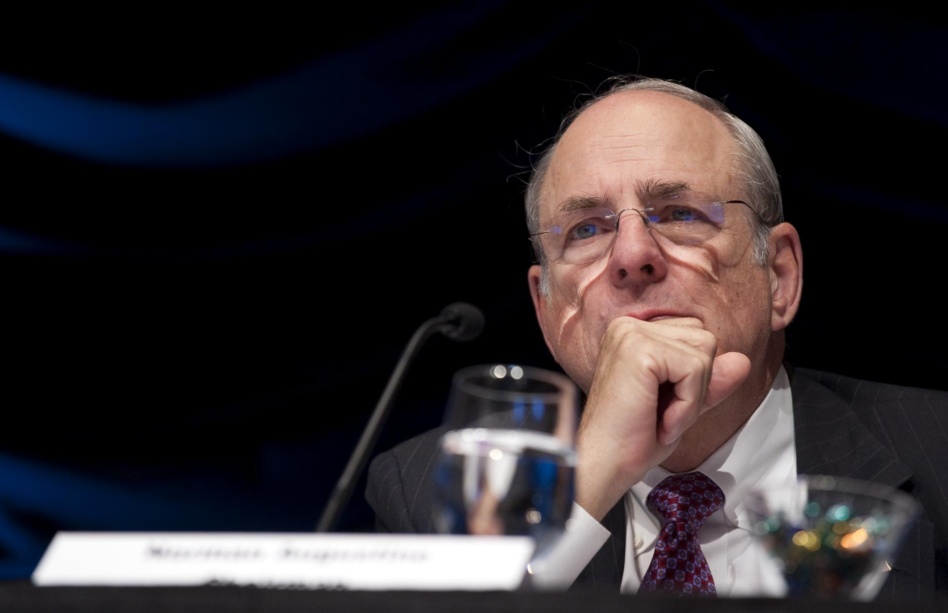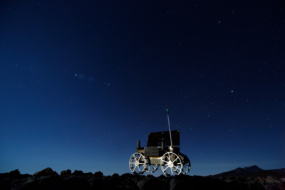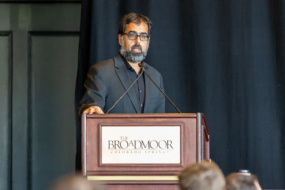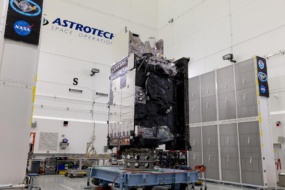When the last committee led by Norm Augustine released a report in 2009, the US wound up canceling a lunar return program and kick-starting commercial partnerships in LEO. This time around, Augustine’s scrutiny may not have those wide-ranging consequences—but the stakes might be just as high.
Former Lockheed Martin CEO turned Washington wise man Augustine joined thirteen distinguished experts, including former SpaceX chief engineer Hans Koenigsmann and Utah State University President Elizabeth Cantwell, to pen the latest report that argues that the agency’s future is in question.
“NASA is trying to do an awful lot of really hard stuff without much money,” Augustine told Payload last week. “There’s going to be more pressure to disregard investing in technology.”
Primary source: In the 2022 CHIPS and Science Act, Congress ordered the National Academies to “review the critical facilities, workforce, and technology needed to achieve NASA’s long-term strategic goals and mission objectives.” Read the whole thing here.
TL;DR: NASA is spreading its resources too thin across too many missions, which leads to less investment in its workforce and facilities, while the agency loses touch with frontier technology due to outsourcing to commercial companies.
The commission wants NASA to be more thoughtful about long-range planning, make sure that the agency’s centers have more direct control over early engineering work, and take on fewer missions.
“This is going to take a lot of discipline on the part of NASA, to turn down some of the new missions that the decadal surveys want, and to face up to the fact that it’s time to repair the roof,” Augustine said. “And I use that literally, because we were in several facilities where the roof was literally leaking.”
Tug of War: While Augustine expects to take some flak for criticizing fixed-price contracts and outsourcing to private companies, he told Payload that managing the relationship between the agency and its contractors is a business of fine margins.
“If you put too much out, you lose your capability. People disappear very quickly because they don’t want to just become contract managers, particularly the good engineers,” Augustine said. “[And then] NASA loses the ability to retain engineers and the basic knowledge it needs to be a good manager, to be a smart buyer.”
One idea in the report that caught Payload’s eye—rotating select NASA employees through stints at private companies developing novel space technology.
Stat check: It takes, on average, 81 days to hire a STEM professional at NASA.




